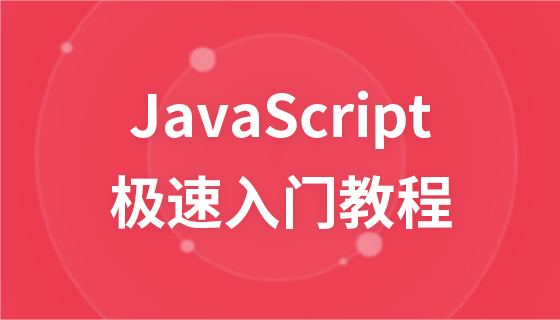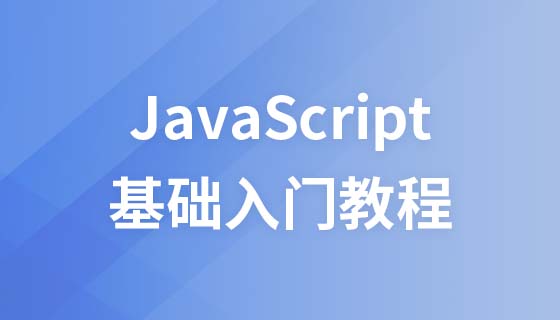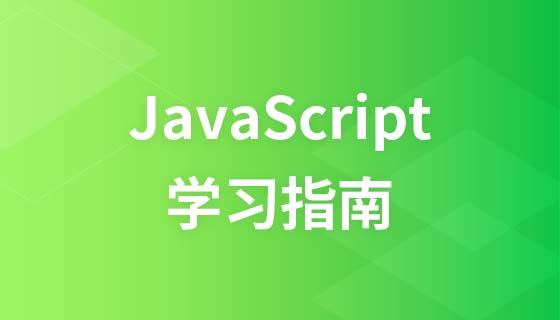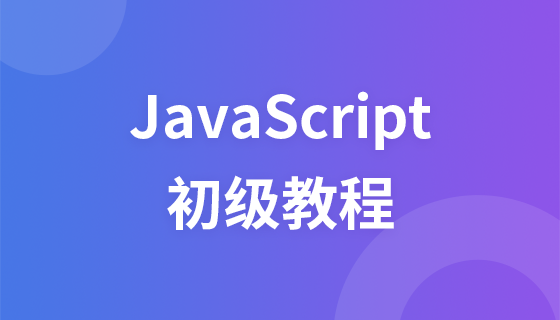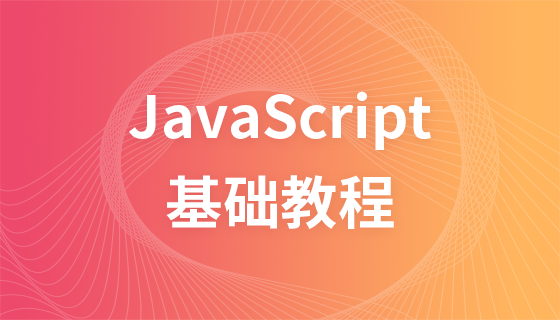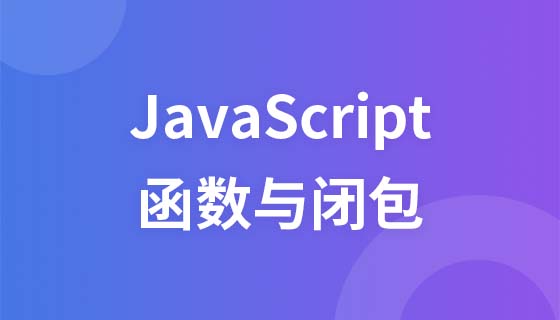JavaScript timing events
JavaScript Timing Events
By using JavaScript, we have the ability to execute code after a set time interval, rather than immediately after the function is called. We call this a timing event.
After clicking the button in this example, a warning box will pop up after 5 seconds:
<html>
<head>
<script type="text/javascript">
function timedMsg()
{
var t=setTimeout("alert('5 秒!')",5000)
}
</script>
</head>
<body>
<form>
<input type="button" value="显示定时的警告框" onClick = "timedMsg()">
</form>
<p>请点击上面的按钮。警告框会在 5 秒后显示。</p>
</body>
</html>The program in this example will execute timings of 2 seconds, 4 seconds and 6 seconds:
<html>
<head>
<script type="text/javascript">
function timedText()
{
var t1=setTimeout("document.getElementById('txt').value='2 秒'",2000)
var t2=setTimeout("document.getElementById('txt').value='4 秒'",4000)
var t3=setTimeout("document.getElementById('txt').value='6 秒'",6000)
}
</script>
</head>
<body>
<form>
<input type="button" value="显示计时的文本" onClick="timedText()">
<input type="text" id="txt">
</form>
<p>点击上面的按钮。输入框会显示出已经逝去的时间(2、4、6 秒)。</p>
</body>
</html>In this example, after clicking the Start Timing button, the program starts counting in seconds from 0
<html>
<head>
<script type="text/javascript">
var c=0
var t
function timedCount()
{
document.getElementById('txt').value=c
c=c+1
t=setTimeout("timedCount()",1000)
}
</script>
</head>
<body>
<form>
<input type="button" value="开始计时!" onClick="timedCount()">
<input type="text" id="txt">
</form>
<p>请点击上面的按钮。输入框会从 0 开始一直进行计时。</p>
</body>
</html>In this example, after clicking the Count button, the program starts counting down based on the value entered by the user. Click the stop button to stop timing
<html>
<head>
<script type="text/javascript">
var c=0
var t
function timedCount()
{
document.getElementById('txt').value=c
c=c+1
t=setTimeout("timedCount()",1000)
}
function stopCount()
{
c=0;
setTimeout("document.getElementById('txt').value=0",0);
clearTimeout(t);
}
</script>
</head>
<body>
<form>
<input type="button" value="开始计时!" onClick="timedCount()">
<input type="text" id="txt">
<input type="button" value="停止计时!" onClick="stopCount()">
</form>
<p>请点击上面的“开始计时”按钮来启动计时器。输入框会一直进行计时,从 0 开始。点击“停止计时”按钮可以终止计时,并将计数重置为 0。</p>
</body>
</html>A small JavaScript clock:
<html>
<head>
<script type="text/javascript">
function startTime()
{
var today=new Date()
var h=today.getHours()
var m=today.getMinutes()
var s=today.getSeconds()
// add a zero in front of numbers<10
m=checkTime(m)
s=checkTime(s)
document.getElementById('txt').innerHTML=h+":"+m+":"+s
t=setTimeout('startTime()',500)
}
function checkTime(i)
{
if (i<10)
{i="0" + i}
return i
}
</script>
</head>
<body onload="startTime()">
<div id="txt"></div>
</body>
</html>JavaScript timing event
By using JavaScript, we have the ability to do it after a set time interval to execute the code instead of immediately after the function is called. We call this a timing event.
It is very easy to use timing events in JavaScript. The two key methods are:
setTimeout() execute the code at some time in the future clearTimeout() cancel setTimeout()
setTimeout()
Syntax
var t=setTimeout("javascript statement", milliseconds)
The setTimeout() method will return a certain value. In the above statement, the value is stored in a variable named t. If you wish to cancel this setTimeout(), you can specify it using this variable name.
The first parameter of setTimeout() is a string containing JavaScript statements. This statement may be such as "alert('5 seconds!')", or a call to a function such as alertMsg()".
The second parameter indicates how many milliseconds from the current time the first parameter will be executed.
Tip: 1000 milliseconds is equal to one second.
##How to stop execution?##clearInterval() method is used to stop setInterval. () function code executed by the method
Syntaxwindow.clearInterval(intervalVariable)
window.clearInterval() method can not use the window prefix. , use the function clearInterval() directly.
To use the clearInterval() method, you must use a global variable when creating the timing method:
myVar=setInterval("javascript function",milliseconds);
Then you can use clearInterval () method to stop execution.
<!DOCTYPE html>
<html>
<head>
<meta charset="utf-8">
<title>时钟停止示例</title>
</head>
<body>
<p>页面上显示时钟:</p>
<p id="demo"></p>
<button onclick="myStopFunction()">停止时钟</button>
<script>
var myVar=setInterval(function(){myTimer()},1000);
function myTimer(){
var d=new Date();
var t=d.toLocaleTimeString();
document.getElementById("demo").innerHTML=t;
}
function myStopFunction(){
clearInterval(myVar);
}
</script>
</body>
</html>



